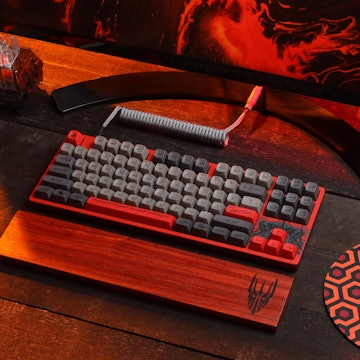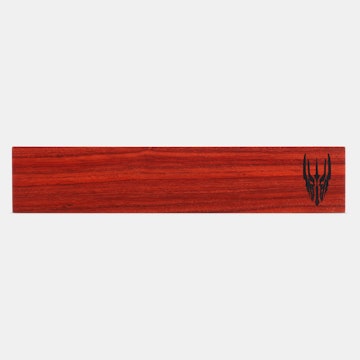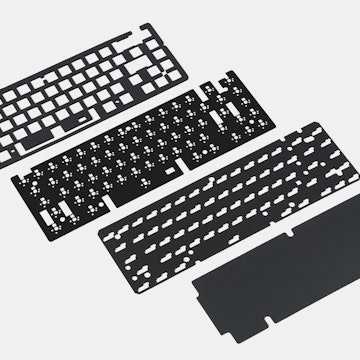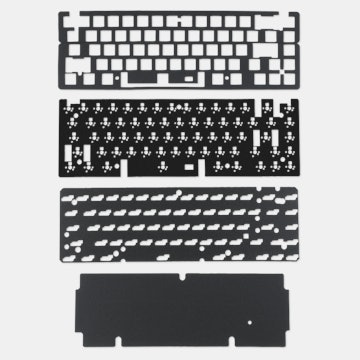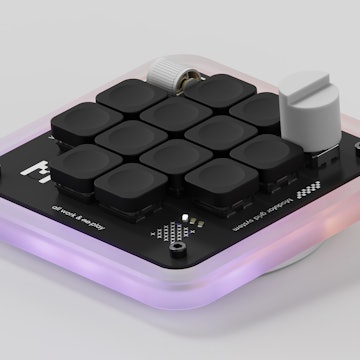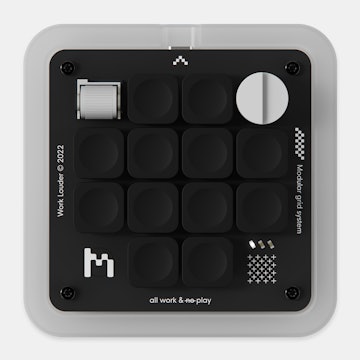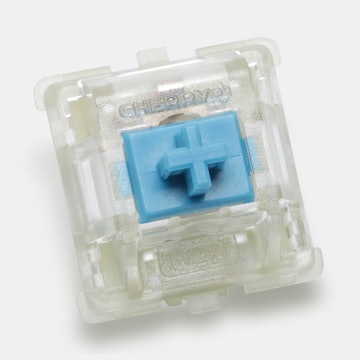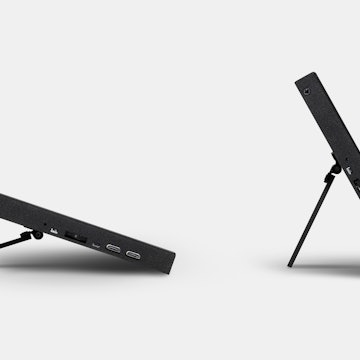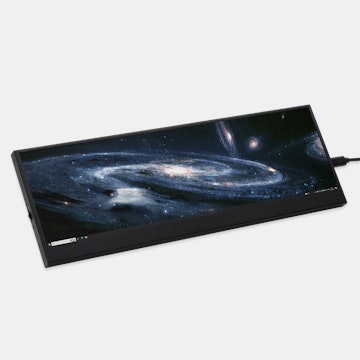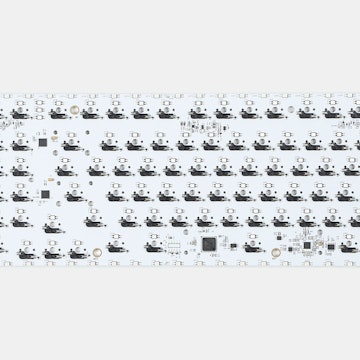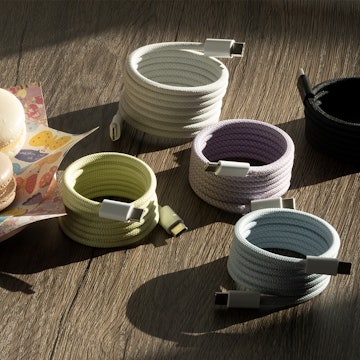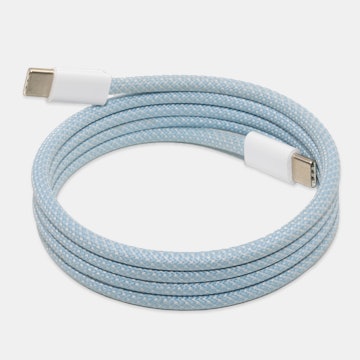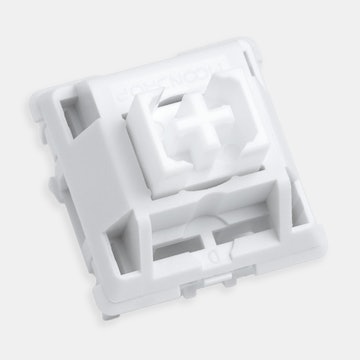Click to view our Accessibility Statement or contact us with accessibility-related questions


Showing 1 of 12 reviews about:
Superkid109
5
Jul 12, 2019
checkVerified Buyer
Firstly, you can't even assemble this thing correctly because it ships with standoffs that are clearly too short
Secondly, having to go to a public google drive to try to find any info at all on how to program this BS.
very little info available.
Drop clearly just wanted to make money on this and obviously didn't do any research before putting their name to such crap.
This is now a $35 fidget clicker
(Edited)
Recommends this product? No

SuperKrog
18
Jul 12, 2019
bookmark_border
Superkid109did you managed to program it? I can't install the chrome extension, I get an error.

M0les
11
Jun 27, 2020
bookmark_border
SuperKrogSorry for reactivating such an old thread, but there seem to be many people asking the same question and like them, I found there was little to no useful documentation for this KB. Nevertheless I eventually managed to program it. The three essential steps are: Make a replacement firmware; Put the keyboard into "DFU" (device firmware update) mode; flash the new firmware.
- Make a new firmware. The device uses the "Quantum mechanical keyboard" (QMK) software (https://github.com/qmk/qmk_firmware/tree/master/keyboards/xd004). To make a new firmware, there's an "easy" way by going to https://config.qmk.fm/#/xd004/v1/LAYOUT_all, making all the (limited) mods you want, then compiling and downloading the ".hex" result. The "hard" way (but it gives you more versatility including macros): Download and build the QMK development environment. I had problems with Fedora, but eventually got this going under an Ubuntu 20.04 VM.
- Put the keyboard into DFU mode. For me this was using a piece of wire or some other small conductor to bridge the two header holes furthest from the square keyed one at the header row on the opposite side to the USB port. At this point the XD004 keyboard device disappears from its host computer and is replaced with a DFU device.
- Flash the .hex file onto the keyboard. You're supposed to be able to do this on the commandline from the build environment, however my VM couldn't seem to find the DFU device. You can also use the graphical QMK Toolbox tool (Which only runs under Windows or MacOS, sadly). I used QMK Toolbox: Firstly pressing the OPEN button on the top row and selecting the .hex file we generated; set the MCU family to "Atmel 16u2"; From the "Keyboard" drop down, select "xd004/v1"; Press the "Flash" button and hope for the best! (You might need to unplug/replug the keyboard to see the changes taking effect.

